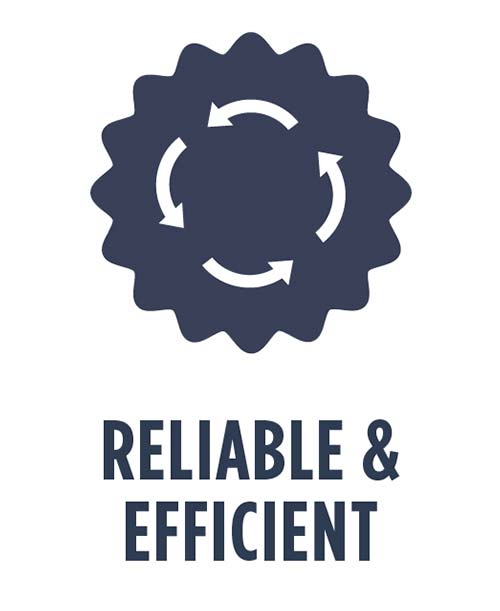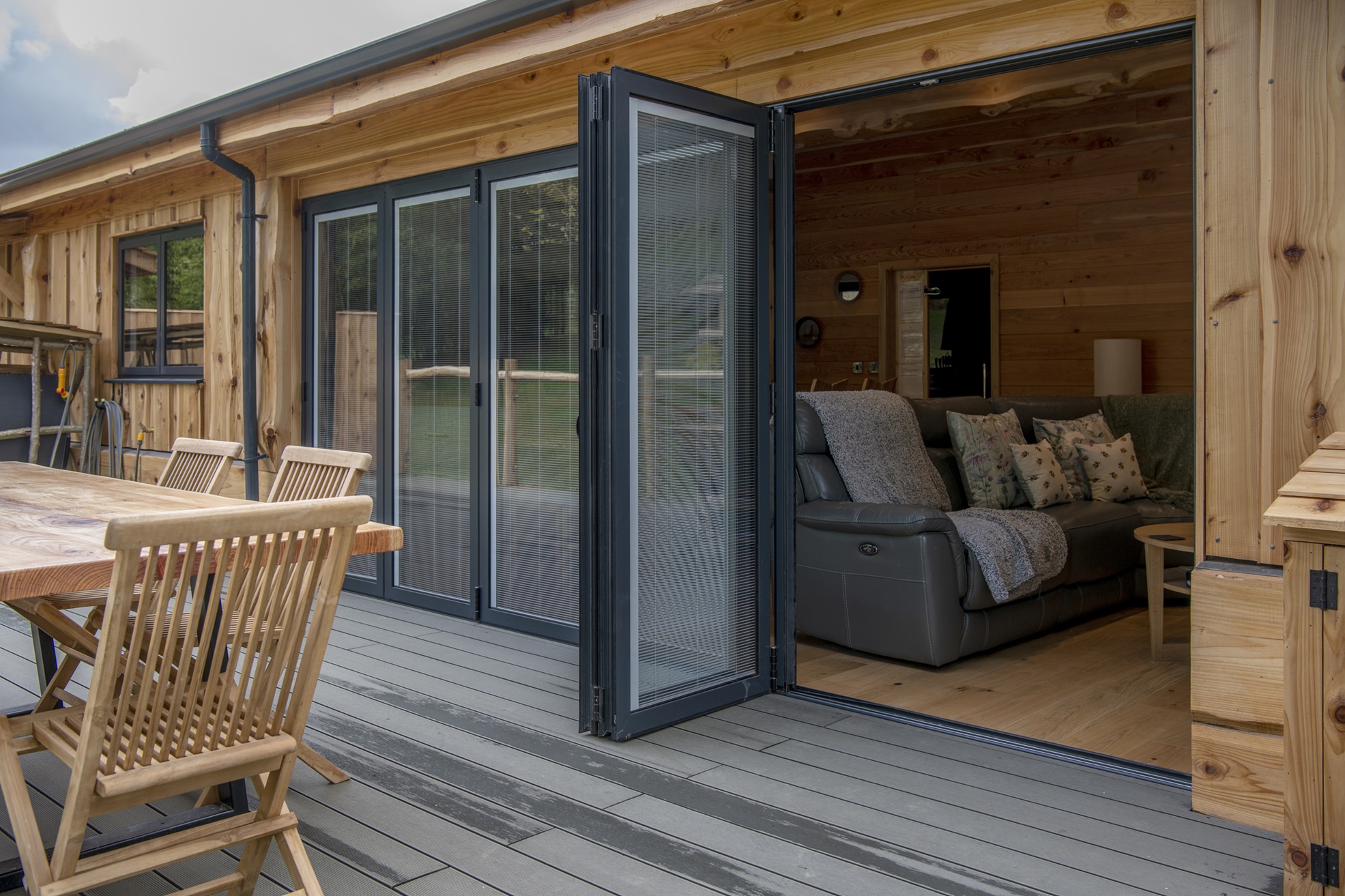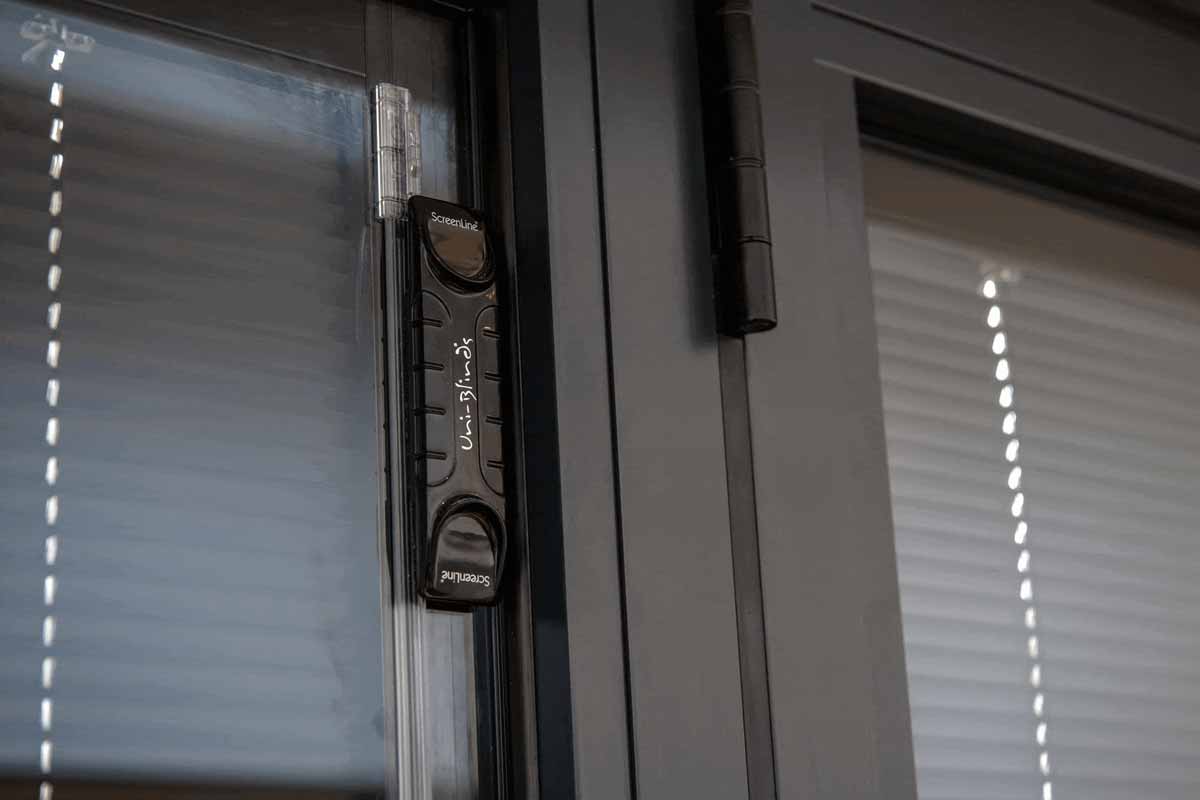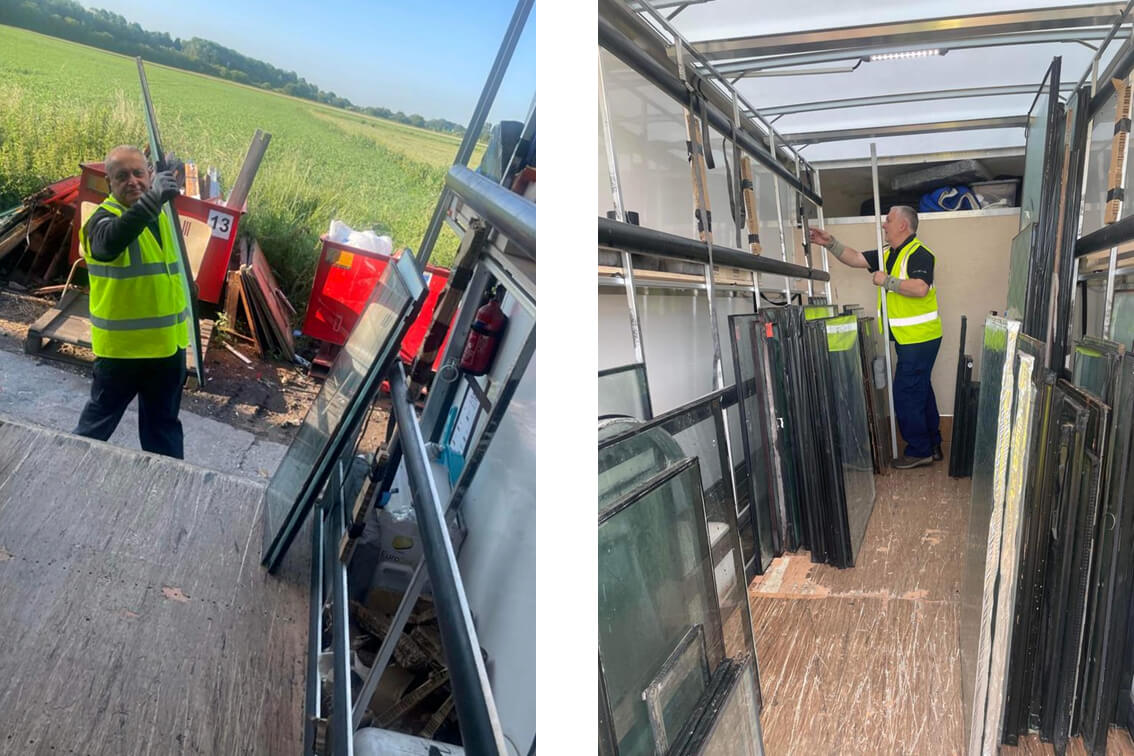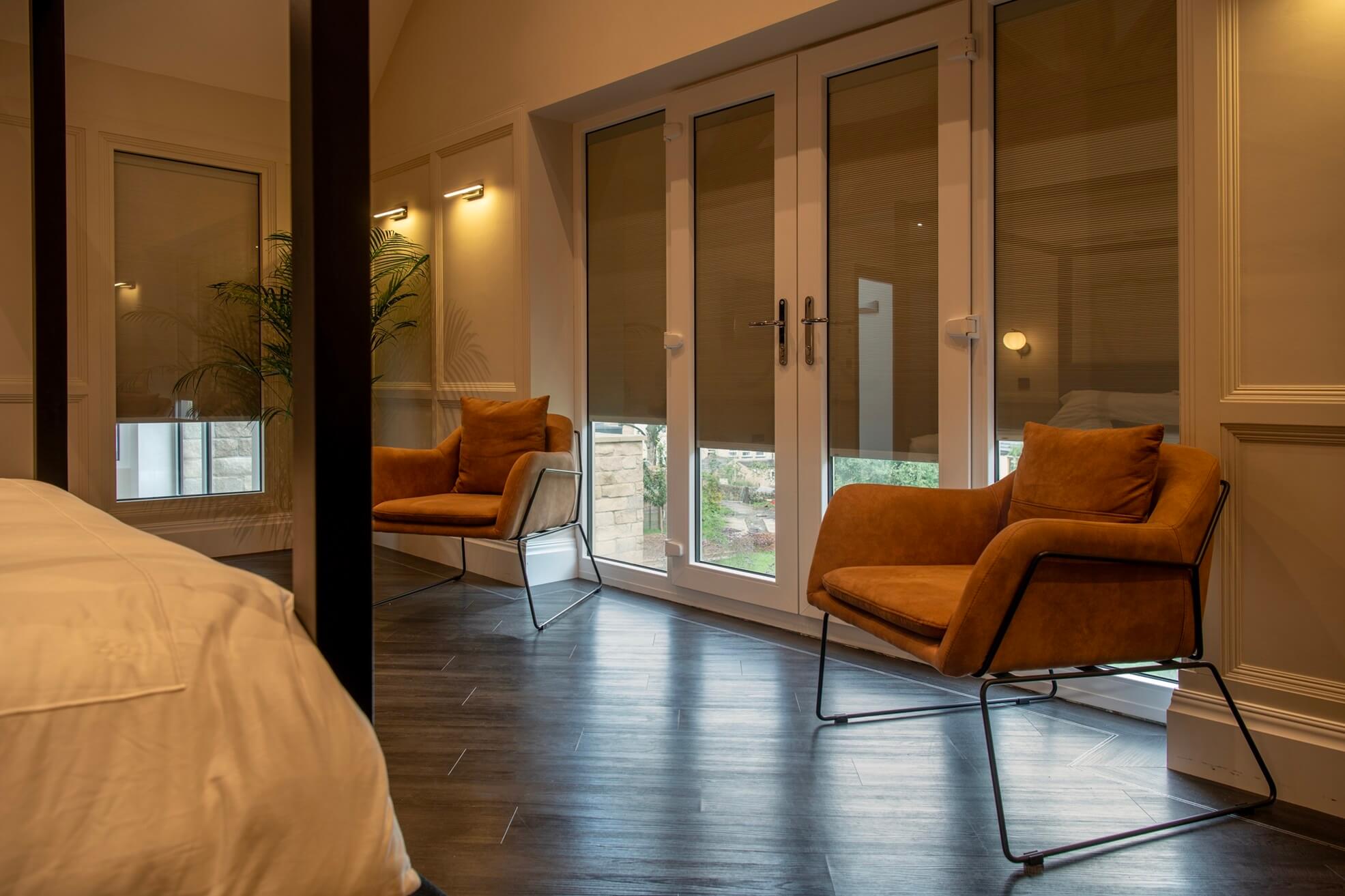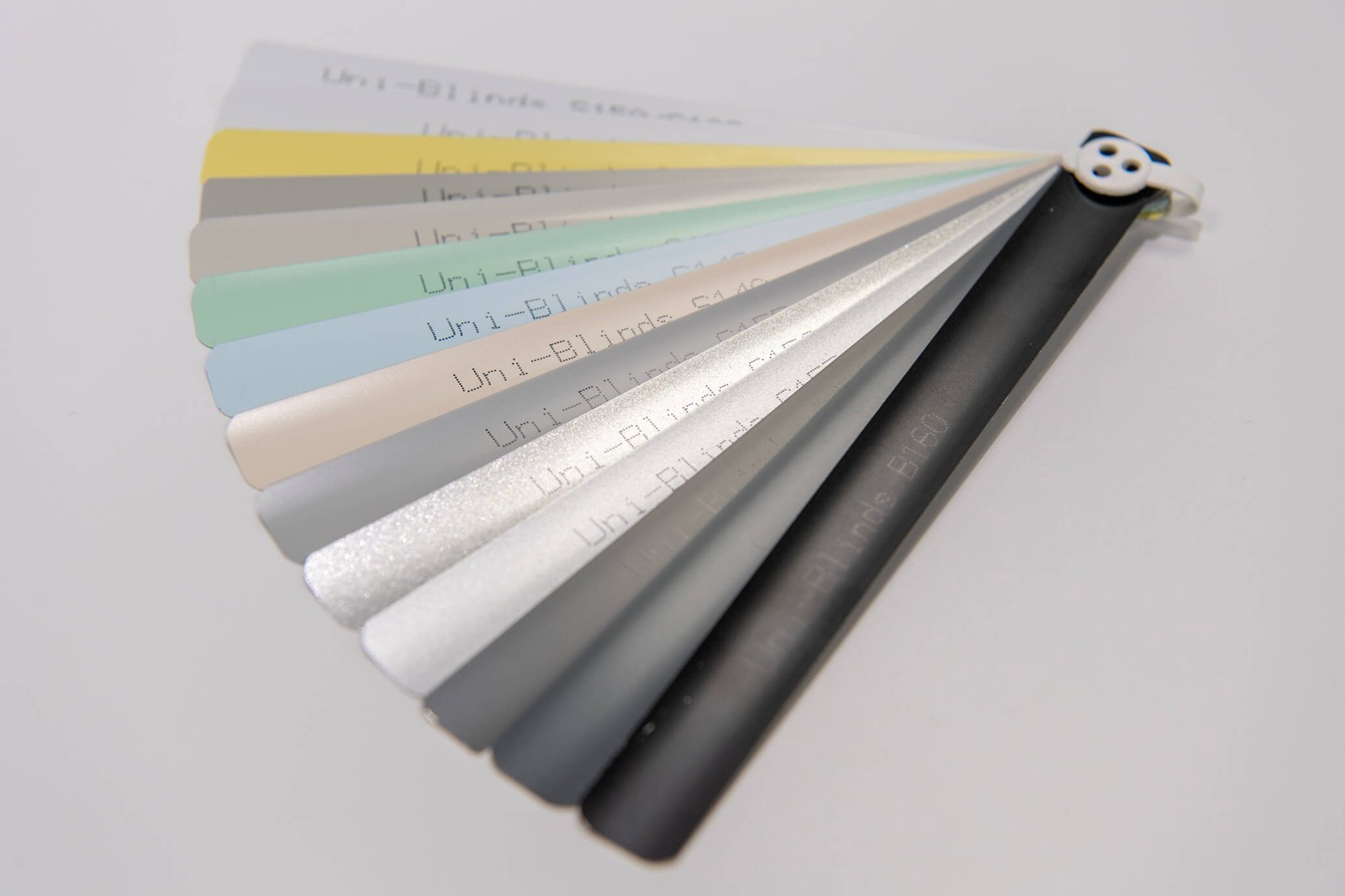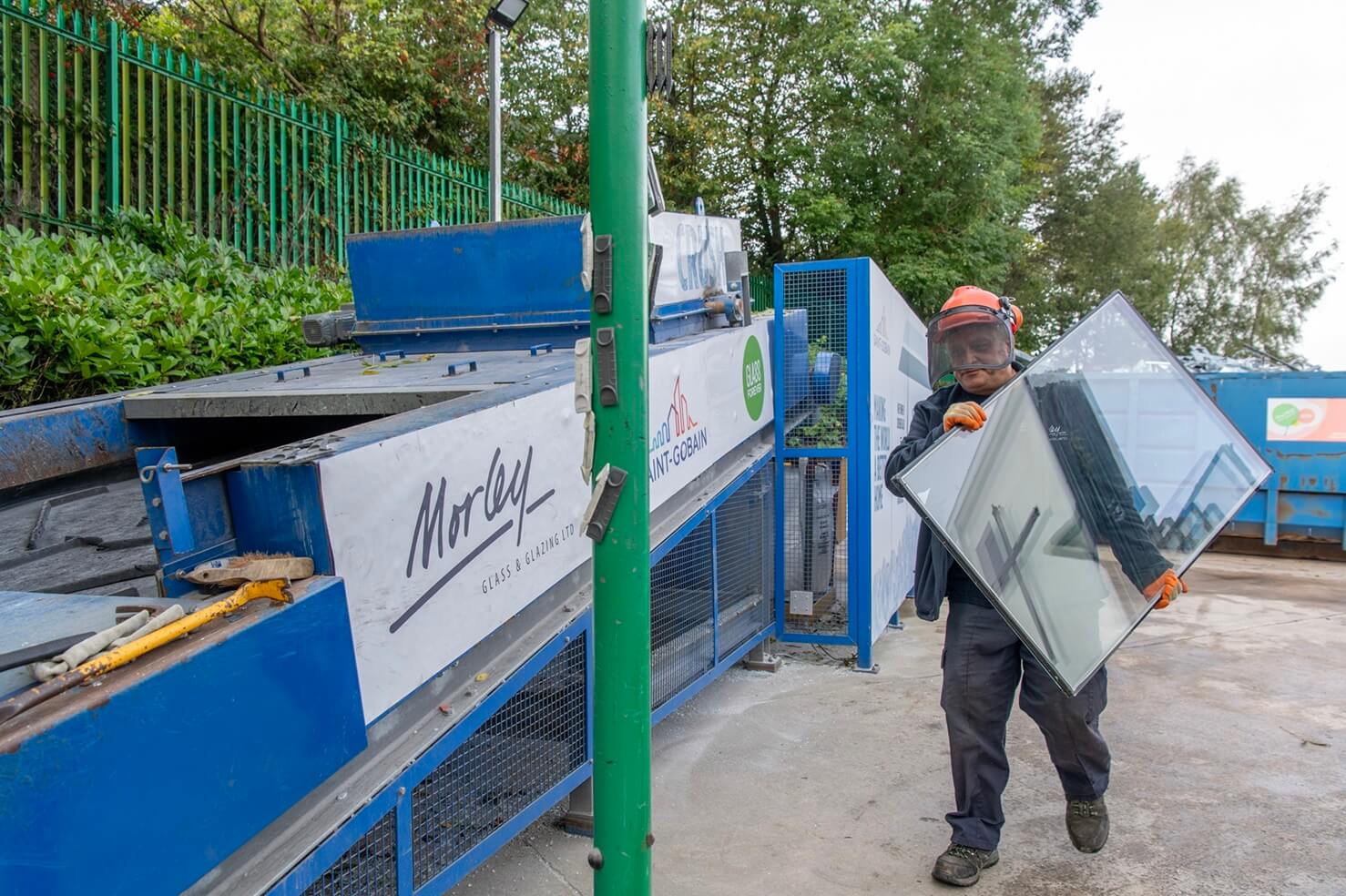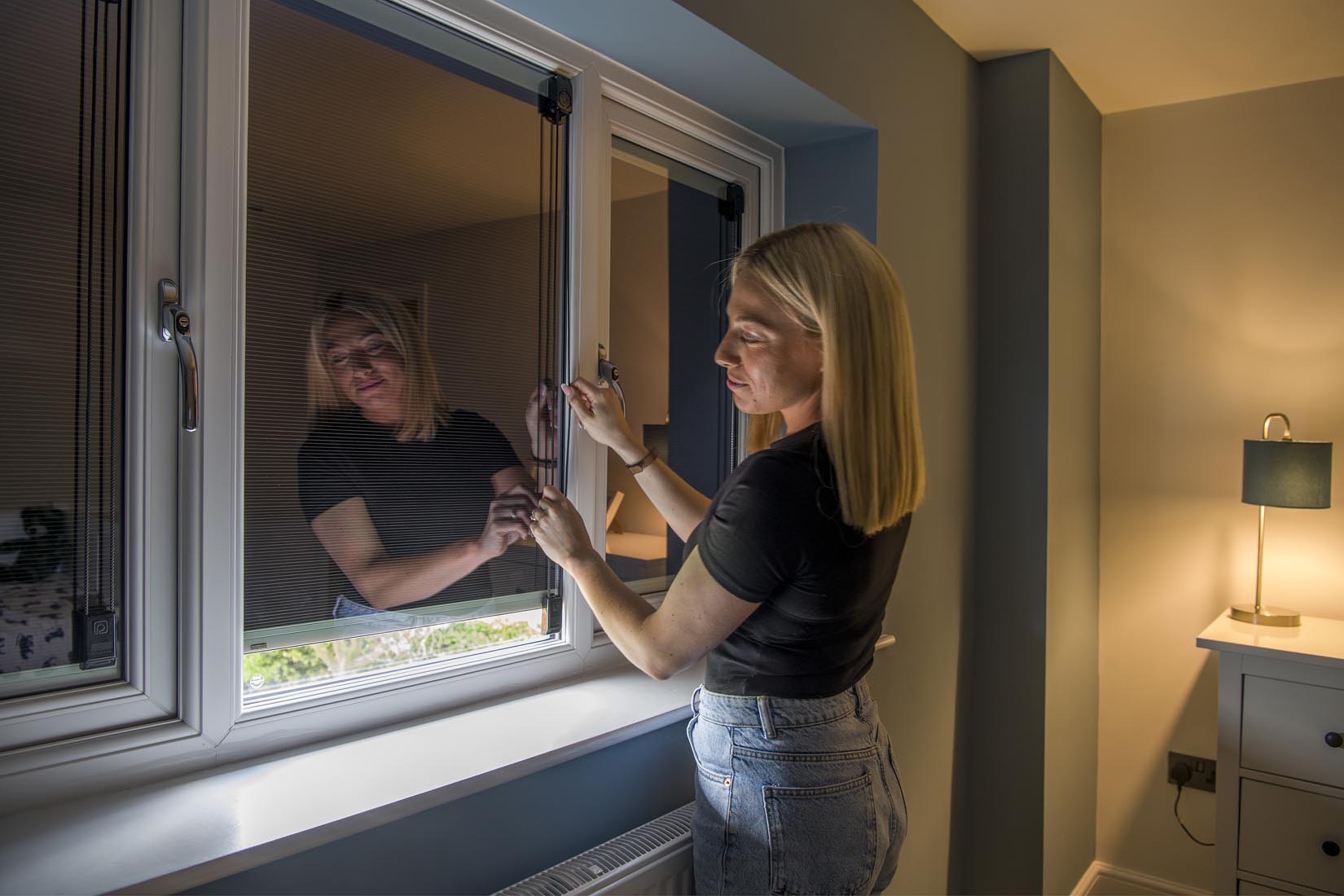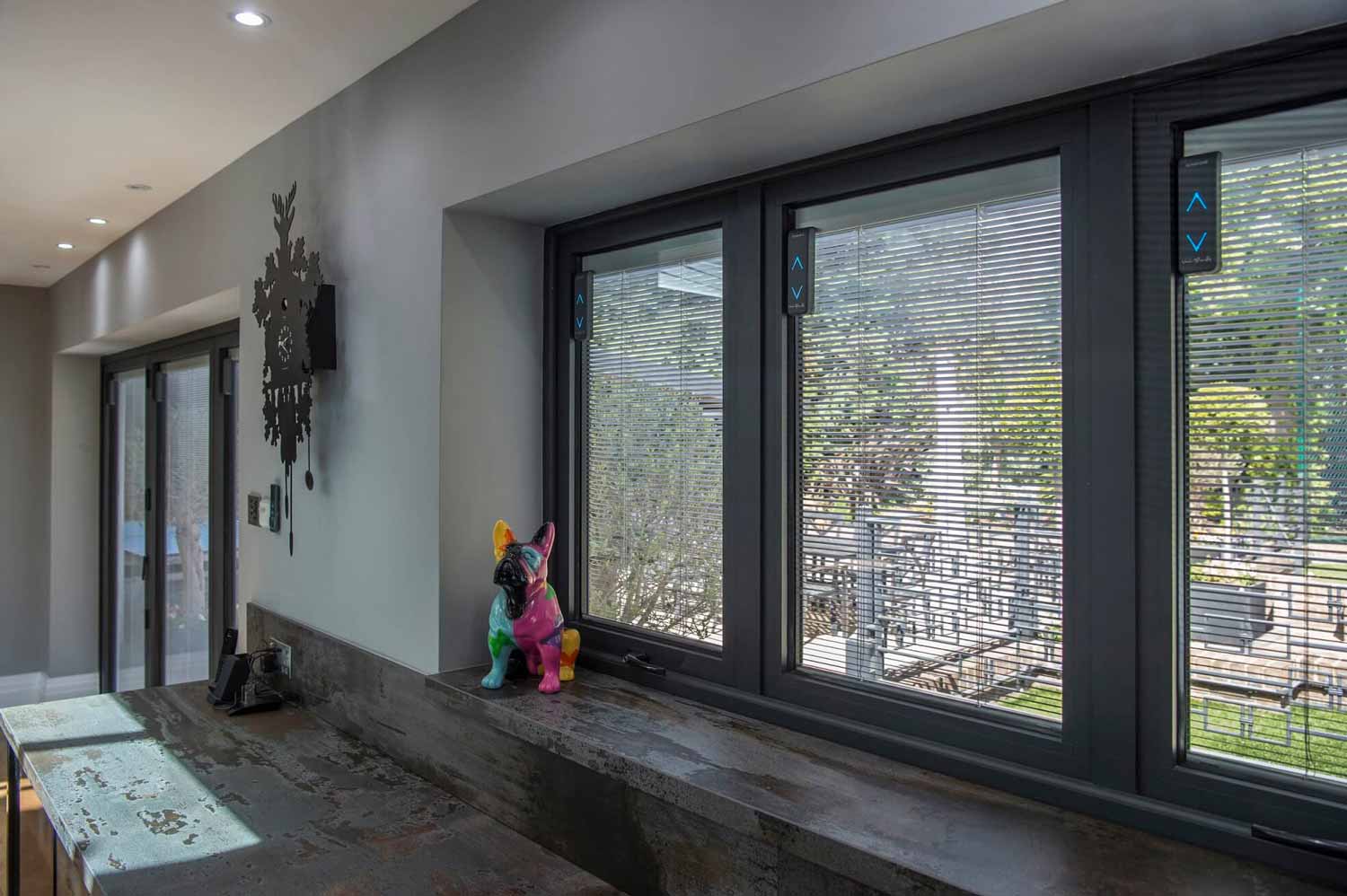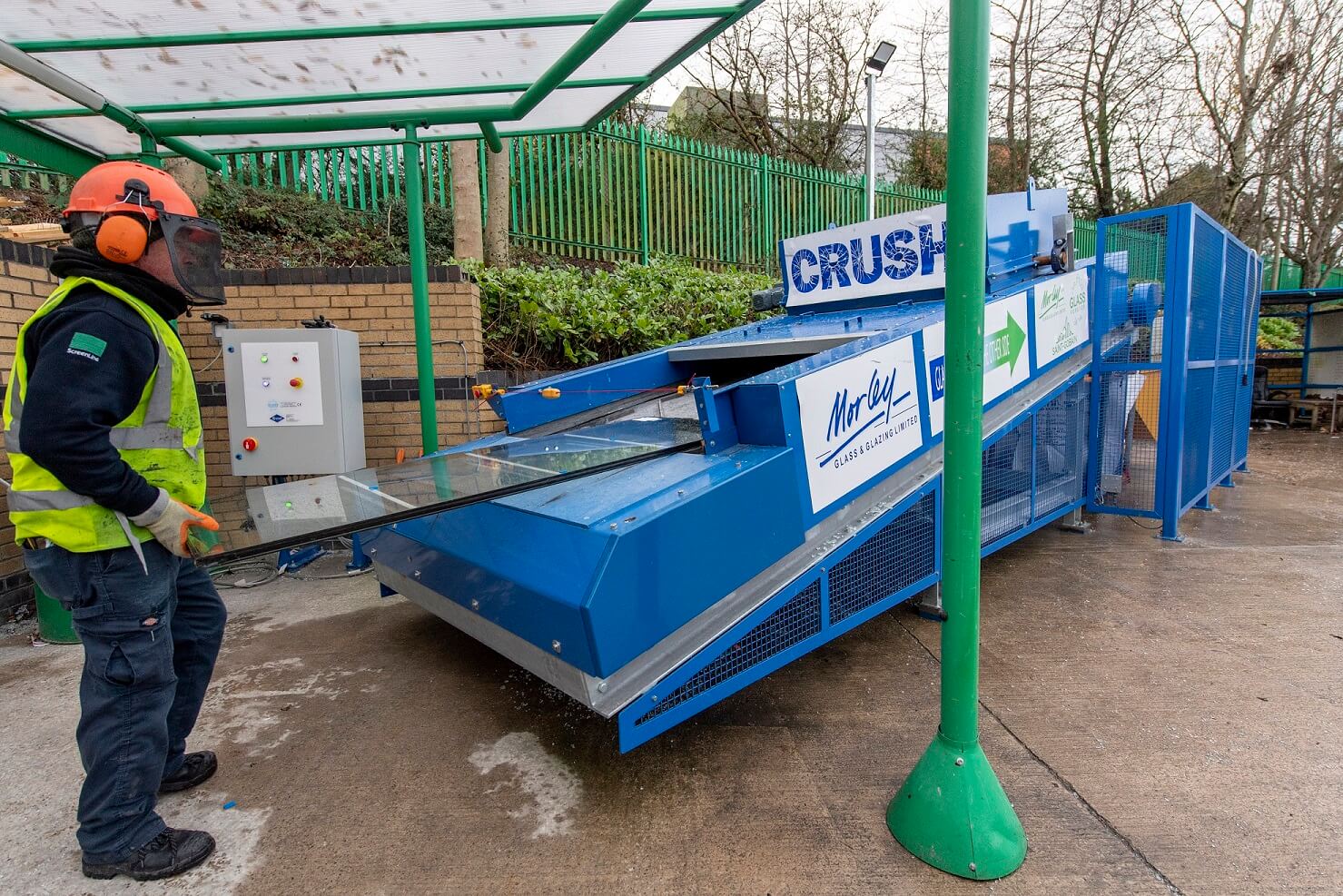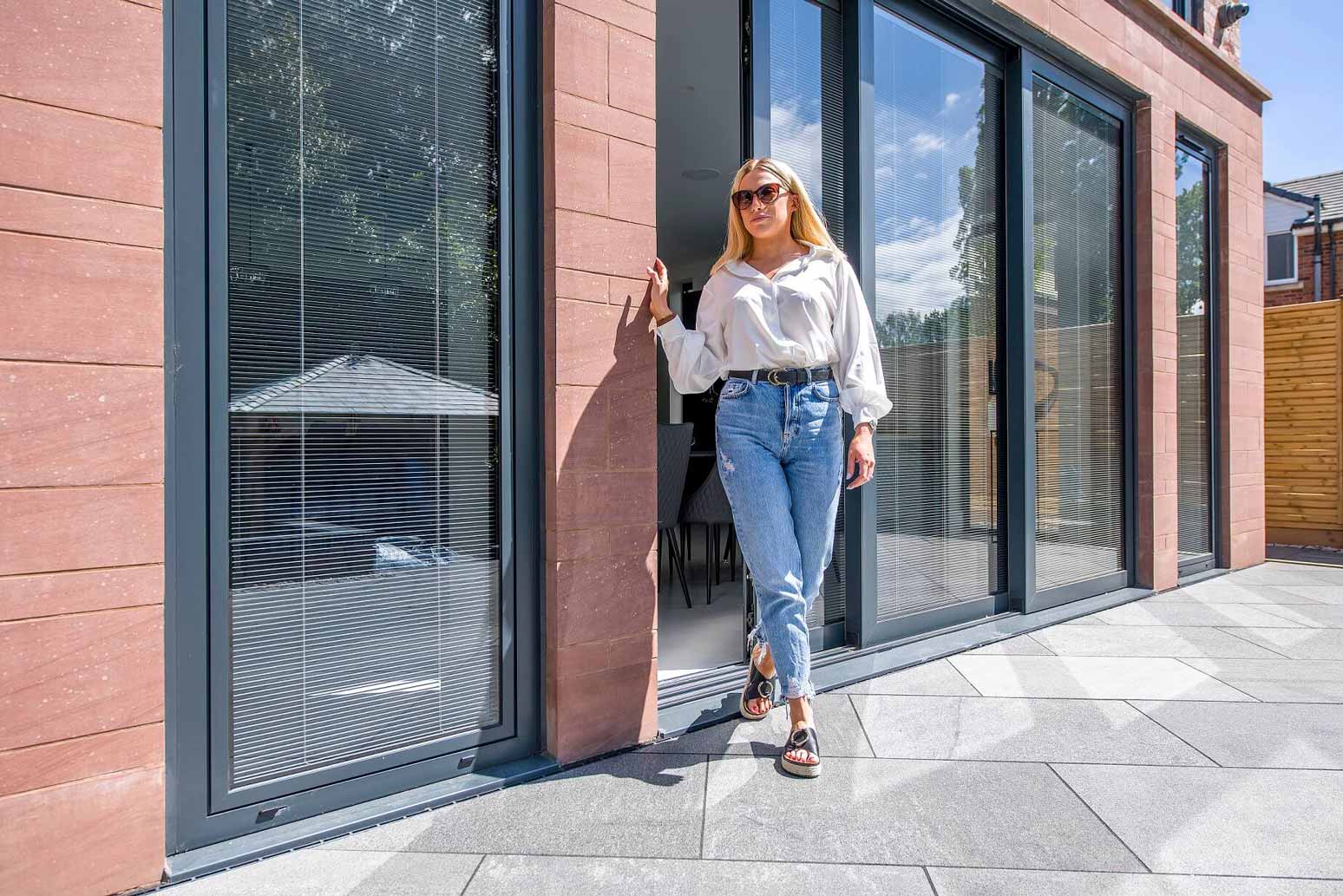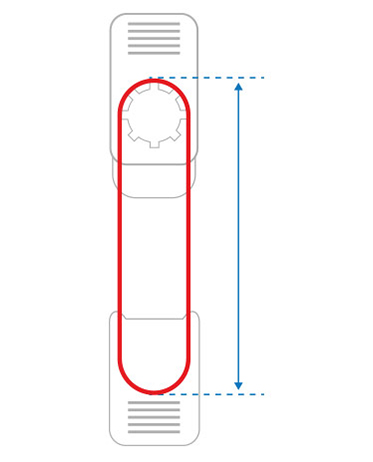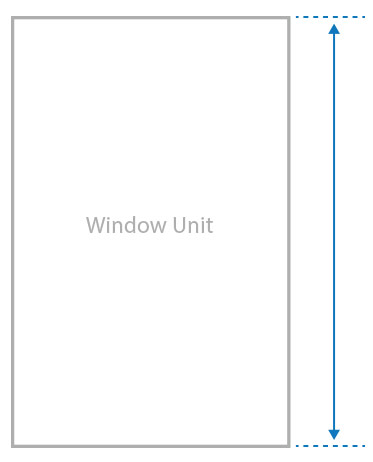Hospital Blinds
The complete guide to blinds for hospital windows and healthcare environments
Any hospital, health or social care environment will require the careful management of shading, privacy and patient comfort. In every space from a consultation room or ward to a day room, waiting room or corridors, levels of light, visibility and privacy have to be adaptable so they can be adjusted according to factors such as sunlight levels and patient privacy.
The most obvious way to meet these requirements is to fit blinds or curtains to the windows and doors on external and internal windows, as appropriate. But in deciding which type of blind or curtain to use, it is important to consider a number of factors, many of which will apply in any commercial building, but some that are unique to health and care environments.
Blinds or curtains for the Healthcare sector?
In healthcare, the wide variety of applications that require a privacy and shading mean that there is no easy answer to this question. In areas such as cubicles and hospital bed areas, a curtain on a track is the obvious solution, but in the majority of healthcare building features such as door vision panels, glass partitions or external windows and doors, integral blinds are preferable for a whole host of reasons.
Types of blinds for healthcare
As with any commercial or public building, there are five main types of blinds that could be deployed in a hospital, GP surgery, dentist’s treatment room, care home, social care facility or any space dedicated to patient care. These are:
The style of blind you choose will depend on a number of factors that we will come on to shortly. However, it is also important to note that two of these types of blinds can also be encapsulated within the panes of glass in a double glazed window.
Integral blinds - also known as integrated blinds or between-glass-blinds - have a number of major advantages that make them the stand-out option for hospitals when you take into the account many of the design and specification considerations.
We will explain these benefits further later by outlining the solution available in the Uni-Blinds® integral blinds range from Morley Glass.
Innovation comes built-in
Considerations for choosing blinds for hospitals and healthcare buildings
Balancing privacy and observation needs
In areas where patients will be treated, or where confidential meetings are taking place, what level of privacy is expected? And in providing satisfactory privacy, will observation and monitoring of the patient be needed too? This must be possible as and when required to ensure patient care is not compromised.
Hygiene, infection control compliance and cleaning
How easy will the blind be to keep clean as part of the infection control and hygiene strategy? And if it can be cleaned, how frequent will cleaning cycles need to be, and at what financial cost? Also, does the blind make it more difficult to clean the window itself and surrounding frame/wall? Ultimately the risks posed by the blind will be considered by the Care Quality Commission (CQC) under its infection prevention and control remit, so ensure the proposed solution will meet their criteria. Our Sanitized® operators will help your organisation meet all hygienic compliances.
Safety
It is vitally important to determine how safe the proposed blinds will be, particularly given that many feature external cords for operating them. Consider too whether the operating controls need to be of an anti-ligature design to keep vulnerable patients safe.
Fire resistance
Any blinds installed must be consistent with the fire safety specification, so it is important to ensure that the materials used along with the design do not present additional risks in the event of a fire.
Aesthetics and atmosphere
Achieving an internal environment to help patients feel comfortable, relaxed and safe, is extremely important, particularly given that many will be experiencing heightened levels of anxiety. Any decisions about the window or door shading must, therefore, consider the visual impact, how this integrates with the rest of the décor and whether it is suitable for a caring environment where a sense of calm and neutrality matters so much.
Energy efficiency, overheating and climate control
What contribution will the blinds make in terms of the building’s energy use and controlling the temperature within individual rooms? External glazing will need to be specified to minimise heat loss, while at the same time balancing solar gain - ‘free’ heat from sunlight - with the risk of overheating from strong summer sunshine. Choosing the right type of blinds can help here.
Glare, excessive brightness and natural light
The quality and comfort of individual rooms can be affected by the level of light entering through the windows. Too much bright sunshine will cause glare, which could make a room unbearable for patients and staff - but equally there are health benefits to having a good level of natural light, so a balance should be found.
Longevity, durability and service life
How long will the blind last? How will it cope with any cleaning that’s required? Will it retain its looks or quickly deteriorate? And, if it doesn’t stand the test of time, what cost will be involved in a replacement blind? Consider the whole life cost when making a procurement decision, rather than just looking for the cheapest initial purchase price to ensure the best value solution is achieved.
Ease of operation
Think about whether the blind can be operated easily by staff and - if appropriate - patients. Any blind control system that is unnecessarily complicated could mean that the blind becomes redundant as the effort required to use it outweighs the benefits.
Why integral blinds provide an all-round winning healthcare solution
So many of these considerations are addressed by the concept of encapsulating inside a double glazed unit. The benefits for hospital managers and infection control specialists are far-reaching, most importantly:
Blinds that never attract dirt and the control device requires only routine cleaning
The integral blind slats, header and footer rails are permanently fitted within the glass unit in the factory, and once on-site the double glazed units are simply fitted in the window, bi fold doors, door or curtain walling frames. This means the blinds are not exposed to the air in the room. So, the only cleaning that is needed is a regular wipe-over of the control device, typically a plastic knob.
Safe and easy to operate
Integral blinds can be specified without cord operation. Instead, a knob mounted on the glass is used to tilt the slats. This knob is anti-ligature too, making operation of the blind easy.
Virtually maintenance free over a long service life
One of the reasons why standard blinds - those mounted on a wall or window frame - deteriorate quickly is because they are subjected to being touched by building users, cleaned or damaged accidentally during day-to-day hospital activities. Being sealed inside the glass, integral blinds are immune to these impacts - and when they are manufactured using ScreenLine® systems from Pellini, there is a built-in quality that is tested to last many years.
Uni-Blinds® integral blind options for hospitals

ScreenView®
Ideal for vision panels in doors, and providing an alternative to vision panel flaps, the Uni-Blinds® ScreenView® integral blind system provides the perfect solution for balancing patient confidentiality and privacy with observation and monitoring. Being permanently encapsulated within the double glazed units in windows, doors and partitions, this unique blind system is safe, easy to use, hygienic and maintenance-free, whilst enabling privacy in an instant.
It features wide 35mm slats that open and close in a ladder arrangement to allow light transmission and vision as required. Opening and closing is controlled by a knob mounted on the bottom rail, which is treated with the Santized® antimicrobial finish to provide active biocidal protection.
Uni-Blinds® P System
Purpose-designed for internal and external glazing in commercial environments, the P System is a Venetian blind featuring a 12.5mm slat which is integrated into a double-glazed unit with a 20mm cavity – making it suitable for almost all types of existing window frames.
It has a tilt only function which is manually operated by an anti ligature external knob on one side of the window. A specially designed corner key containing a rotational magnet is connected to the external knob by a flexible drive cable located within the glazing cavity of the window frame. With dual control the blinds can be operated from both sides, perfect for windows within hospital wards.
As the only visible control is the external knob, the glass surface remains completely free and easy to clean. The P System can also be modified to incorporate a 16mm slat to allow it to be used with windows featuring a wider 24mm cavity.

Fire rated Uni-Blinds® integral blind systems
Another important benefit with Uni-Blinds® is the ability to specify fire rated integral blinds with ScreenLine systems inside. These are available to provide 30 to 120 minutes integrity and insulation fire-resistance.
Morley Glass has developed a specification in conjunction with Pyroguard which complies with the performance criteria set out in the EU 305/2011 Construction Products Regulation. And this has been independently verified by TUV UK, a UKAS accredited third party testing house.
Add a splash of colour to your Uni-Blinds
Available in a wide range of colours, you will have no trouble finding a Uni-Blind® that fits your room style and décor.
FAQs
Yes, One can use integral blinds in hospitals. Integral blinds, integrated blinds or between-glass blinds- have several significant advantages that make them the stand-out option for hospitals. Some advantages are -
1. Integral blinds are cost-effective compared to curtains.
2. Easy to clean and maintain.
3. Allows privacy, etc.
However, integral blinds are one the best type of blinds used in commercial or public buildings.
Yes, integral blinds are a good option, in fact, they are one of the best options for hospitals as they are easy to clean & maintain, very cost-effective, and long-lasting. Therefore, they are a far more hygienic option than curtains and other blinds.
A few easy tips for cleaning and maintaining integral blinds are -
1. Use a soft material like a sponge or 100% cotton clean damp cloth to wipe the blinds or carefully remove the blinds from the unit to dip in a tub or a tray.
2. Use warm water with a small amount of liquid soap to clean the blinds.
3. Clean the blinds in the direction of the fabric weave or the wood grain.
4. Once rinsed and clean, let them dry before installing and closing the double glare glass panel.
Yes, one can put blinds inside double glazing glass windows or doors. But make sure that the double glazing glass has at least 20mm or more space between them for installing a blind.
Yes, integral blinds are energy efficient as they retain the room heat inside the room resulting in reduced energy consumption in winters. And in the summer, integral blinds don't allow sun heat to enter the room to help create a much cooler environment. Therefore, integral blinds help to reduce electricity consumption. Thus, they are very energy efficient.
Yes, you can get patio doors with built-in integral blinds. However, if you already have installed the patio doors and still want to install integral blinds, then make sure the patio doors have a double glazed glass panel with 20mm or more space between the glass panel.



